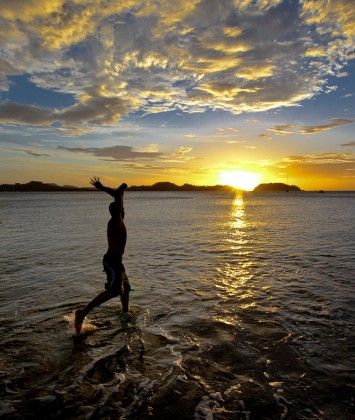This was Year 7 for the Child Advocates Superheroes Run, and it was the best ever! We had at least 1200 runners, parents and volunteers out at CityCentre, and raised over $150,000 to support Child Advocates’ work helping abused and neglected kids in Harris County. A sincere thanks to everyone that made this happen.
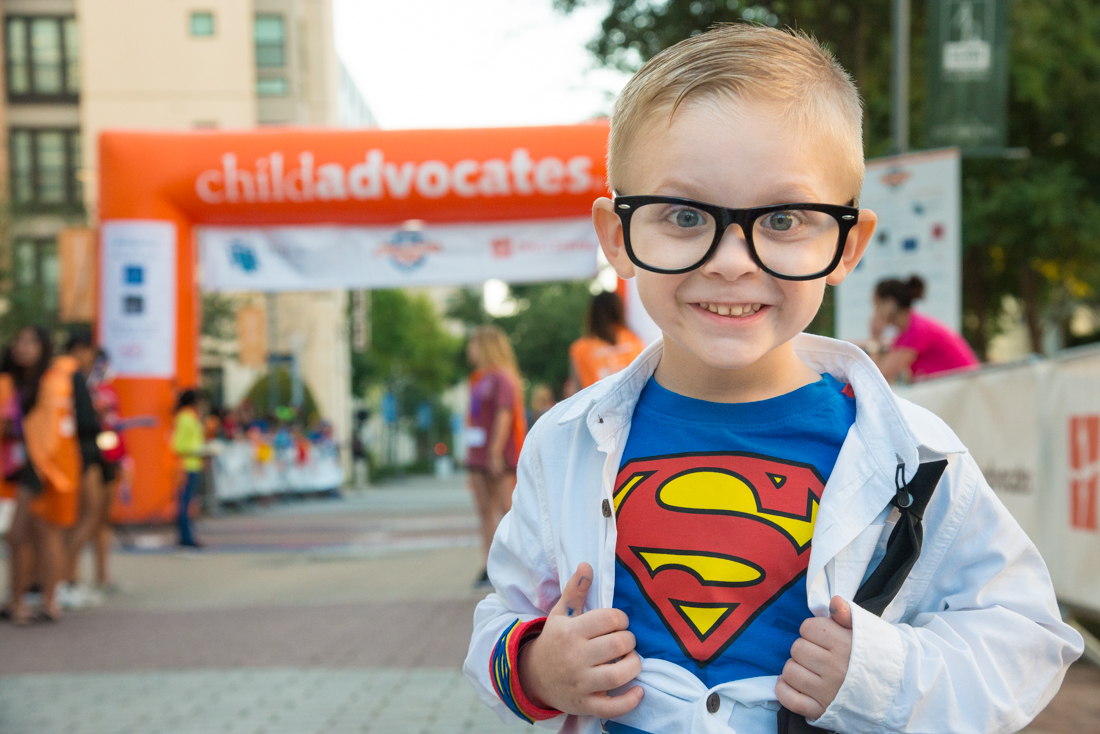
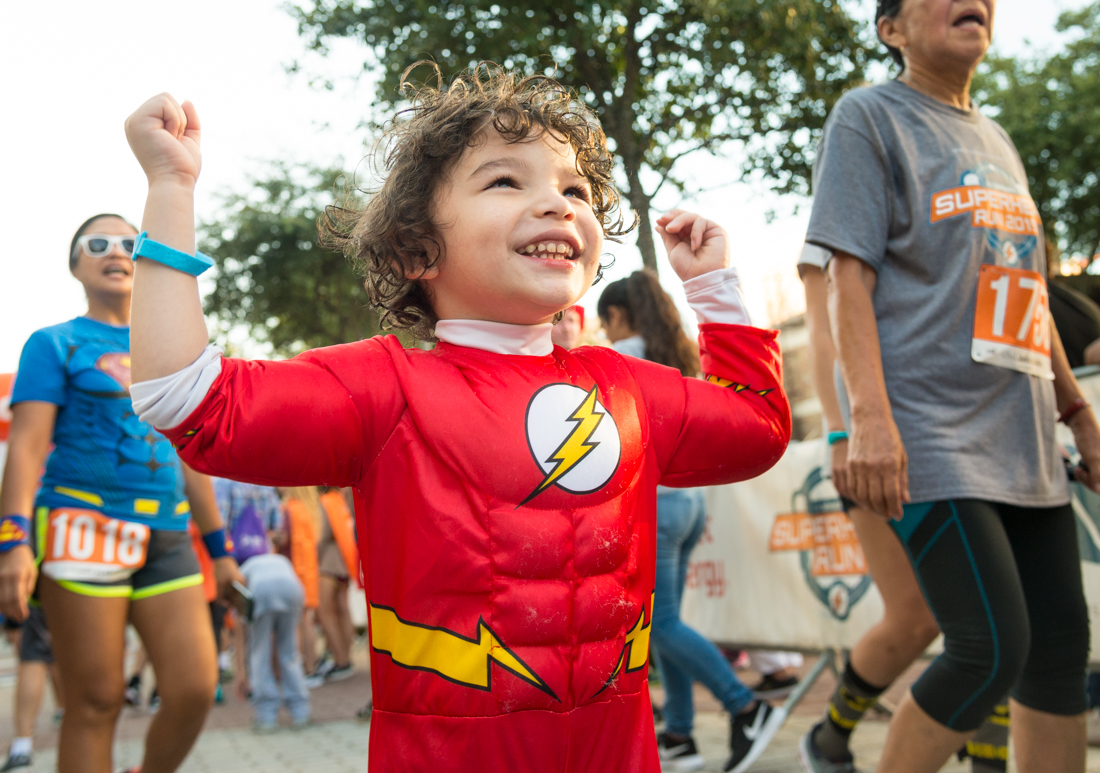
Child Advocates serves kids who have been taken from their homes due to suspected abuse or neglect. The volunteer Advocates guide, support, and comfort the kids, gather the facts, and work with the courts and the State to find permanent, safe solutions. CA Inc. recruits, trains and supports those volunteers.
My consistent pitch for Child Advocates as Houston’s best charity:
- CAI helps kids in our own hometown who are in desperate situations through no conceivable fault of their own.
- CAI’s one-time intervention seeks to permanently and efficiently solve problems and affect the kids’ entire lives, without creating dependency or requiring permanent or ongoing assistance.
- CAI’s cause is financially undersupported, largely because few potential large donors have close personal experience with, or risks of, this kind of extreme child neglect or abuse. There’s nothing wrong with donating to your own alma mater or church, or to charities addressing diseases that affect you or your family, but that can leave a huge gap for charities like Child Advocates. I think this is true philanthropy.
- They do need the money: Stunningly, there are thousands of kids removed from their homes each year, and CAI has the money and manpower to serve only about half of them.
Our seven-year fundraising total is now at almost $1 million.
All our sponsors were recognized at the event, but this year I need to give a special ‘shout-out’ to some personal friends of mine who have generously and patiently supported Child Advocates (and me) in this event. Shane Merz, Mike Short, and Dru Neikirk at MRE Consulting are Founding title sponsors who have been with me all seven years. This event would never have gotten off the ground without them. Other “Amazing” Superhero sponsors (most of them also for all 7 years) are my friends Ned Barnett, Scott & Stacy Humphries, Jeff Kubin, Kim David (for Baylor College of Medicine), Reynolds Frizzell LLP, Gibbs & Bruns LLP, Sixfoot Studios, John Eddie & Sheridan Williams, and Grant & Elizabeth Harvey. I’m proud of that sponsor list.
Hayley Jaska (CAI Events Director) and Angie Henderson Parker (Race Director) are the true Superheroes of the Superheroes Run. I’m the ‘Chairman’ of the event, and in earlier years this meant I had a million things to do and lots of fires to put out. This year I was a little uneasy all morning because everything was going so smoothly I didn’t have much to do!!

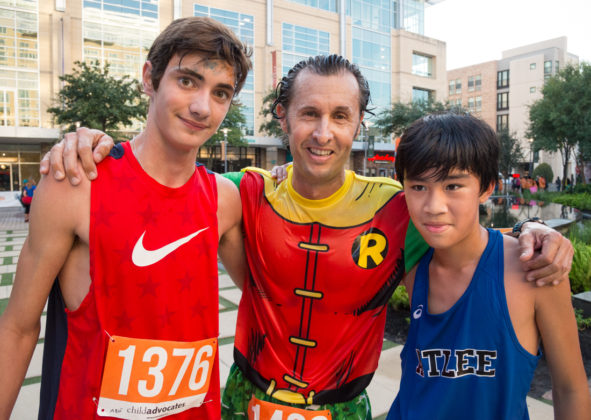
Our top 3 racers. I’m personally pleased to say that the winner (Mark Speets, center) was from the Men’s 50+ age group. Second and third place were Rylee Board (left) and Joshua Fong (right).
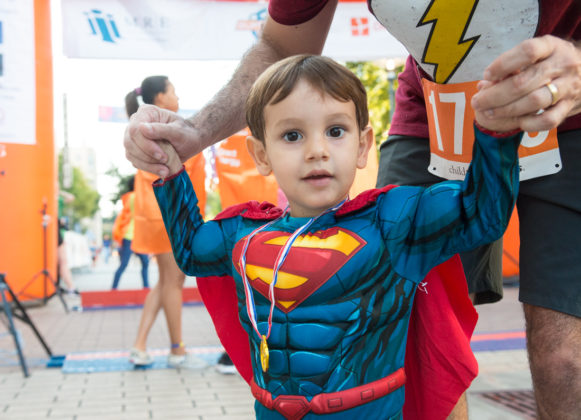
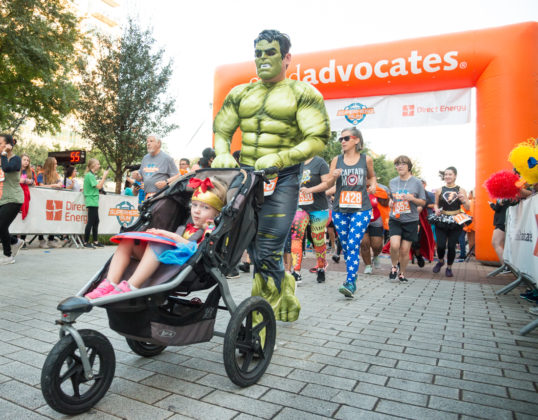
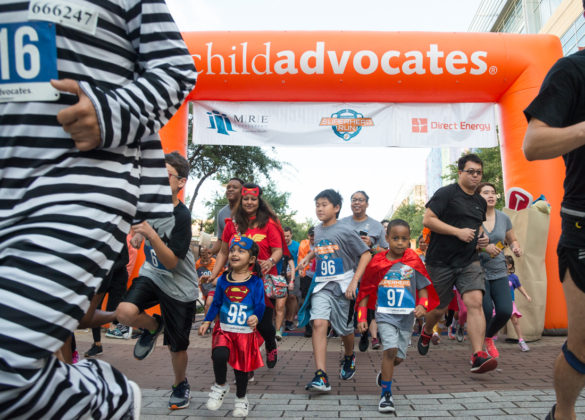
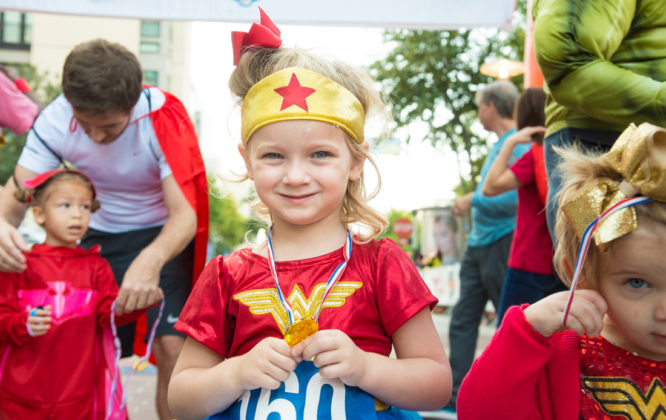
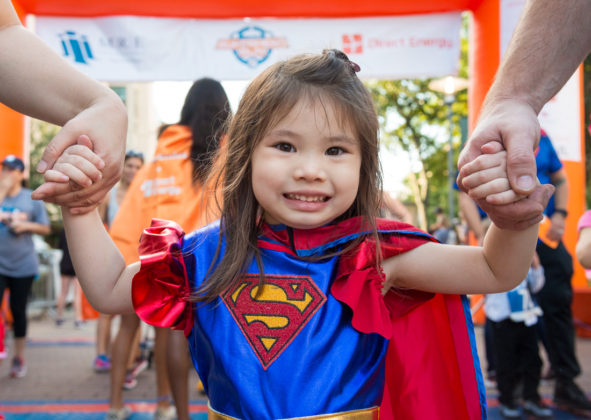
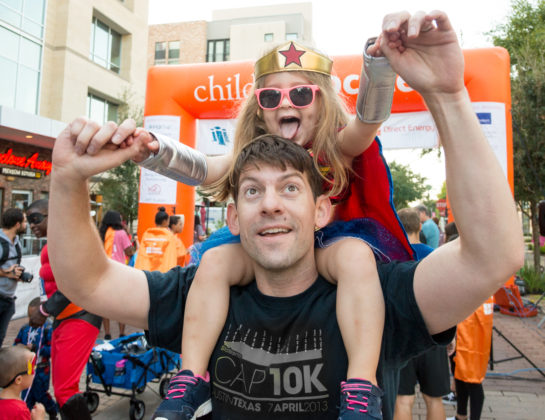
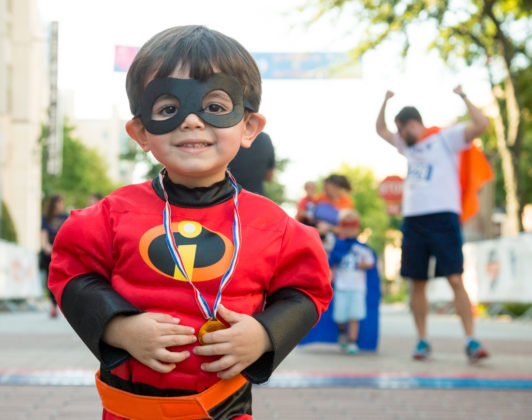
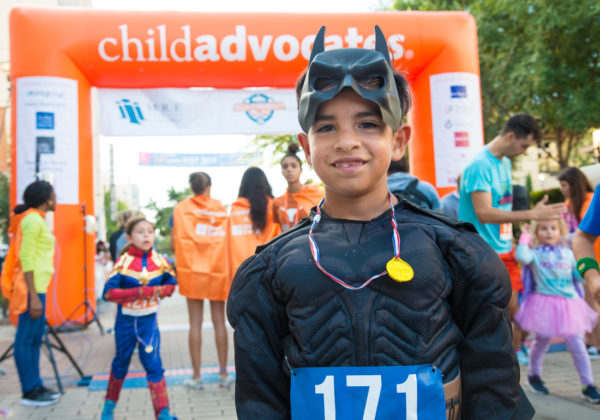
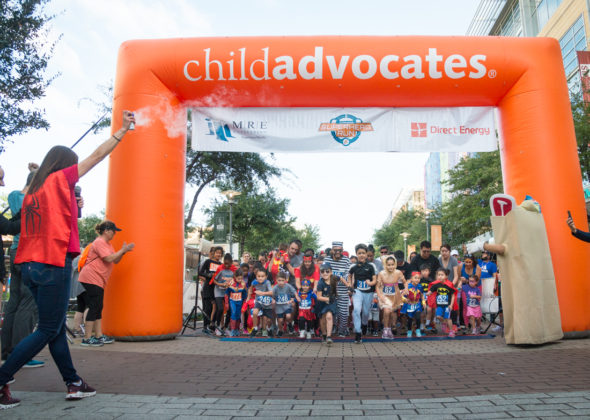
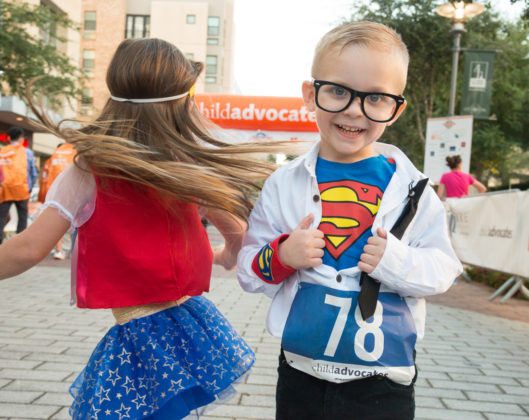
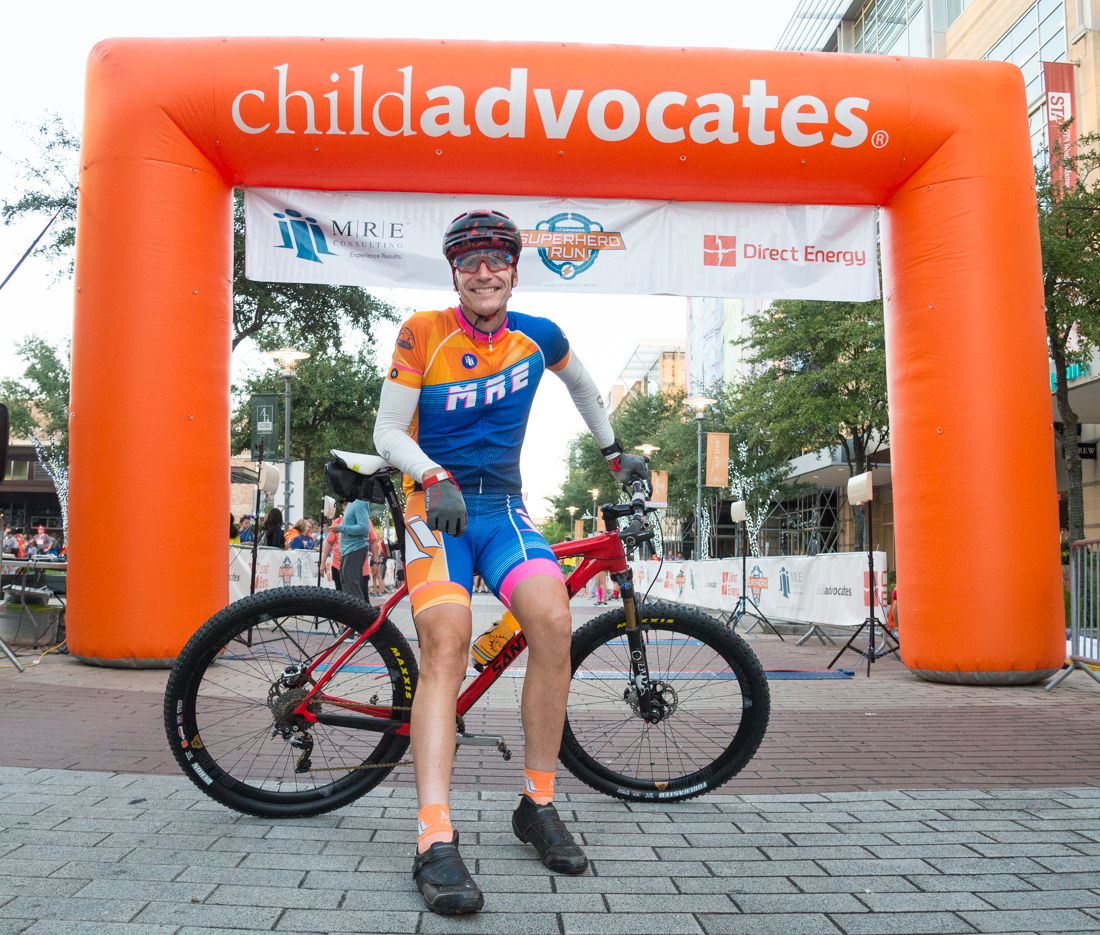
Big Bjorn Hagelmanm was our lead-out guide rider, showing the runners which way to go. Bjorn is the COO of Founding/Presenting Sponsor MRE Consulting.
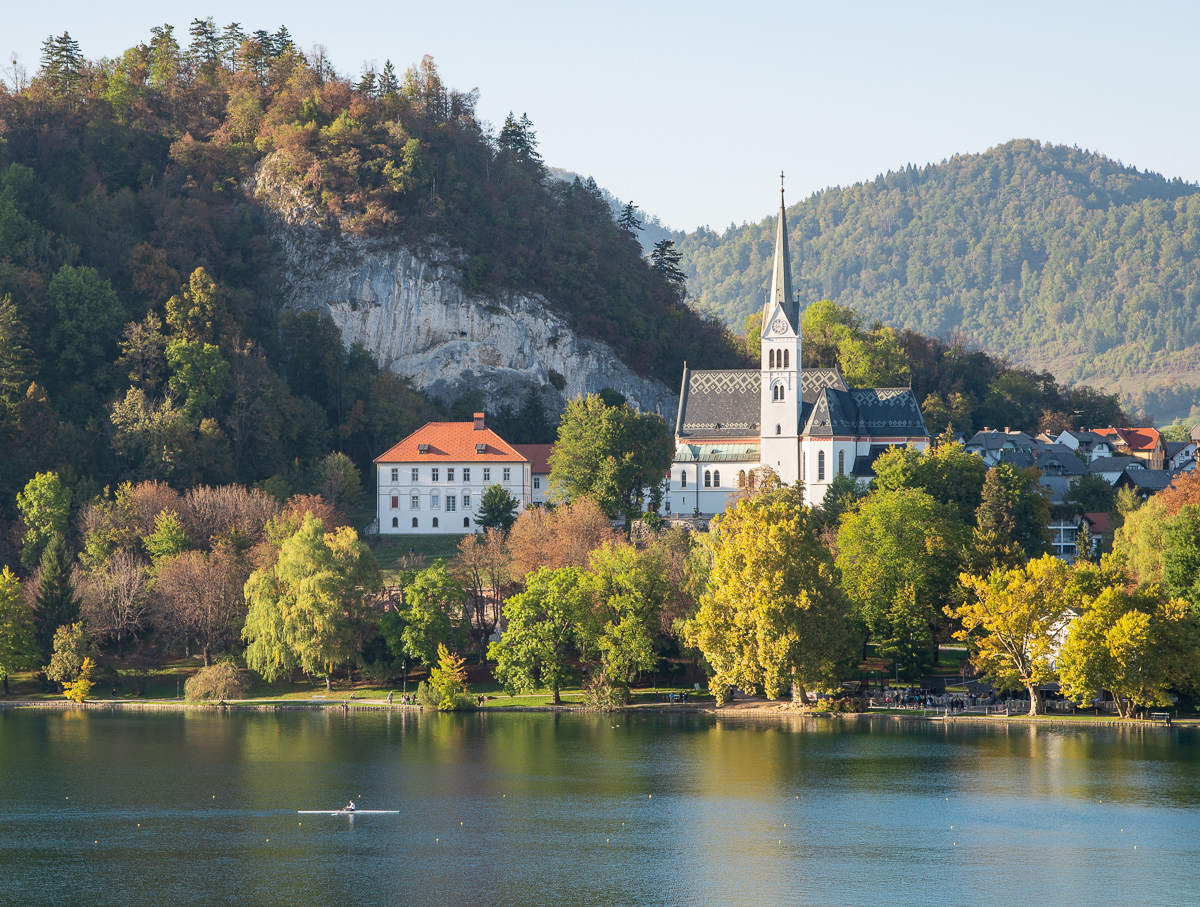
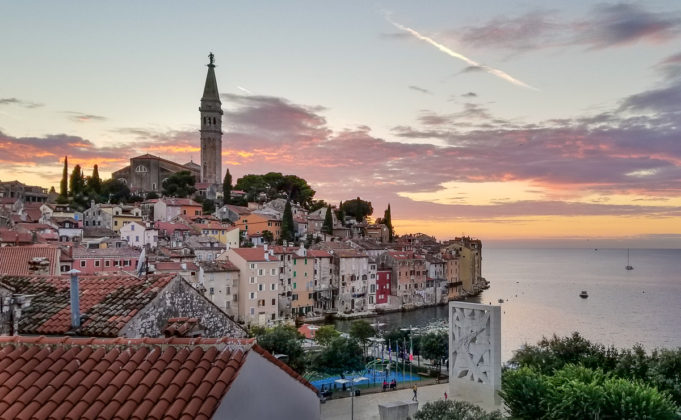
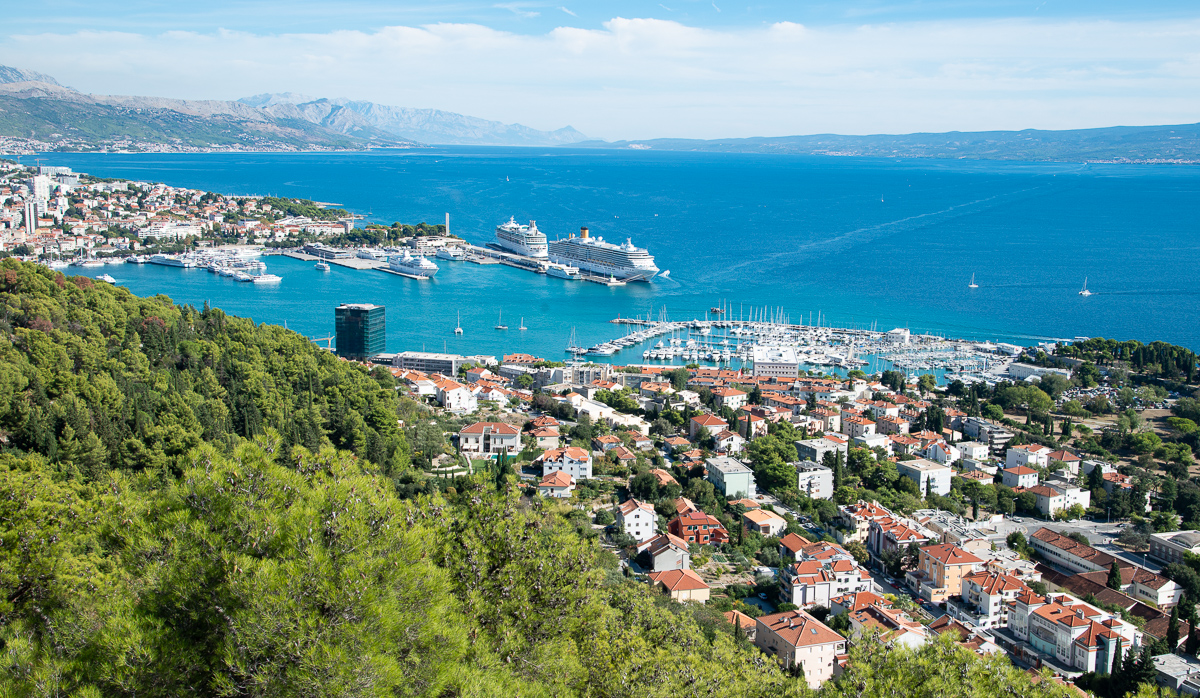
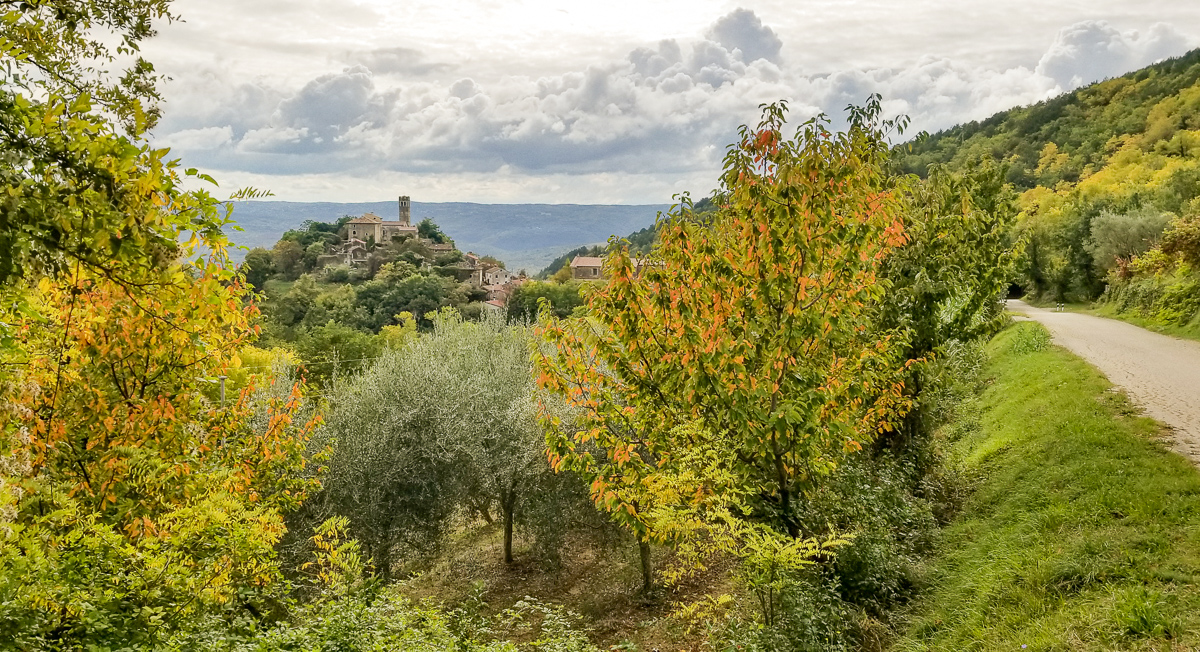
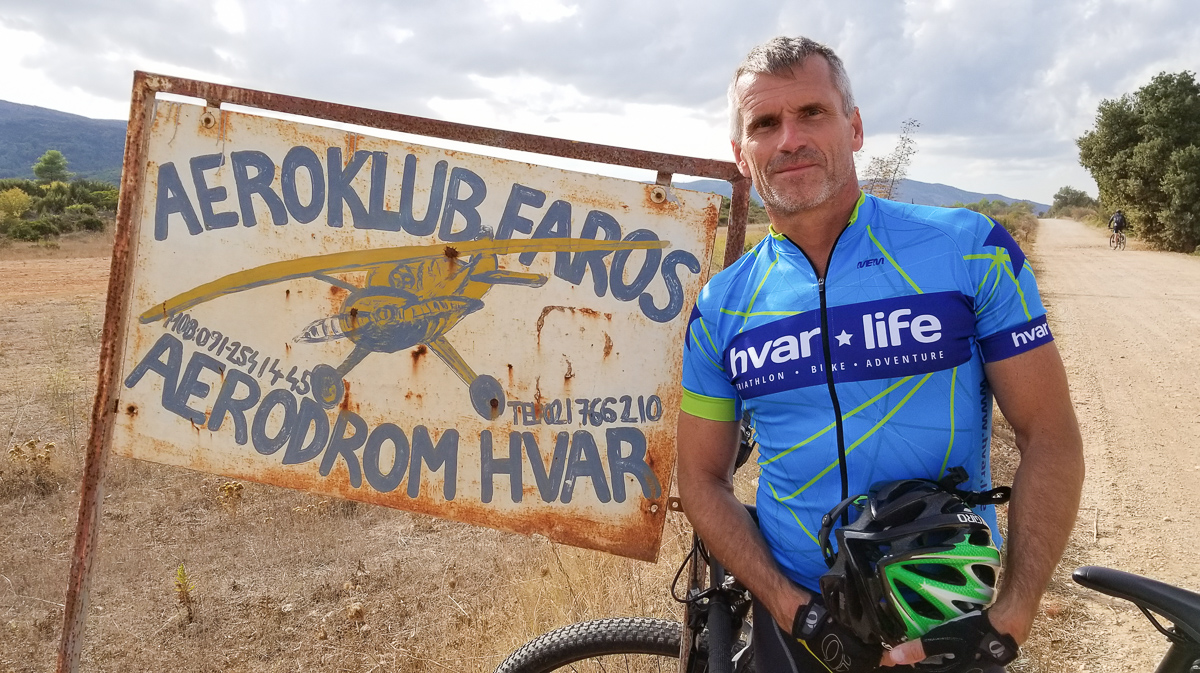
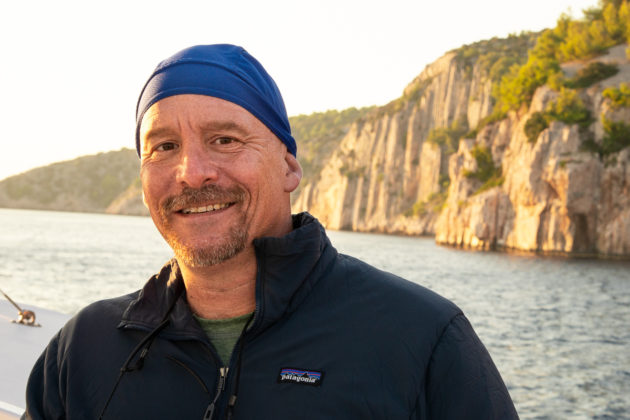
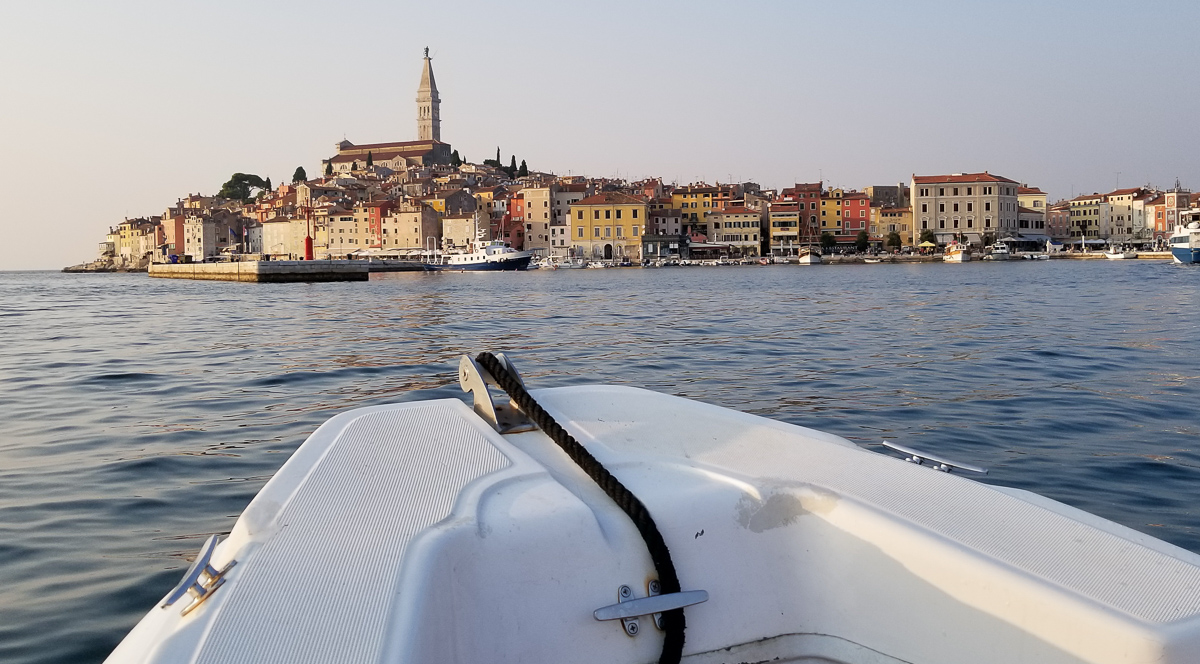
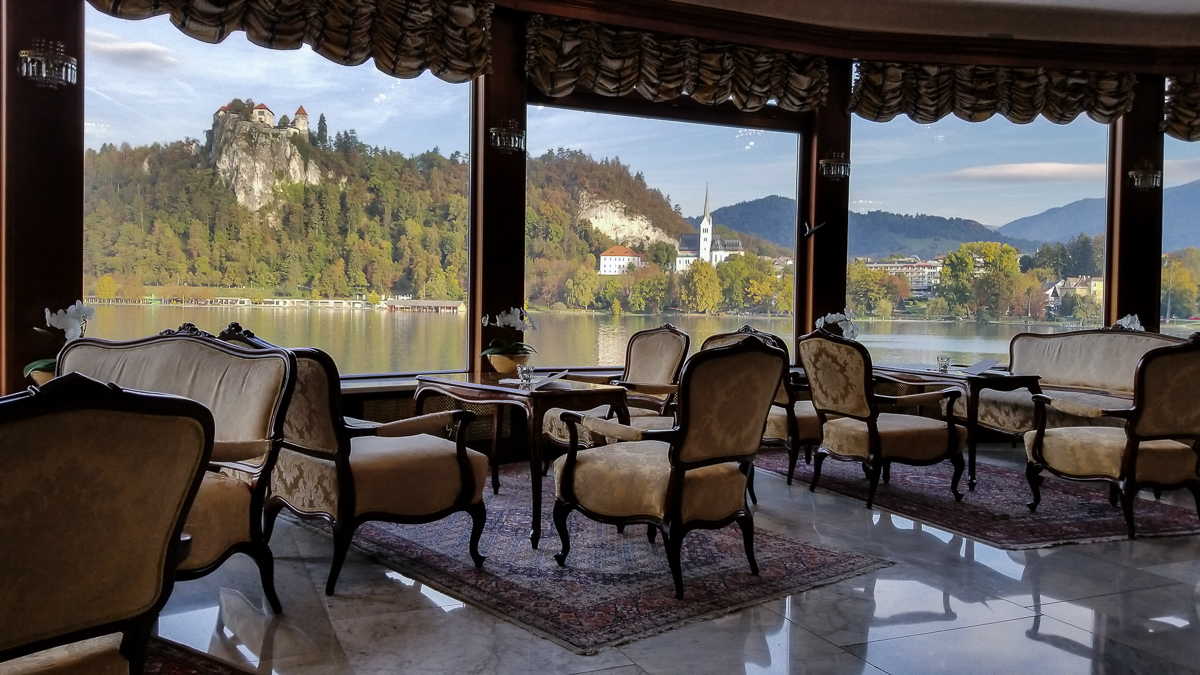
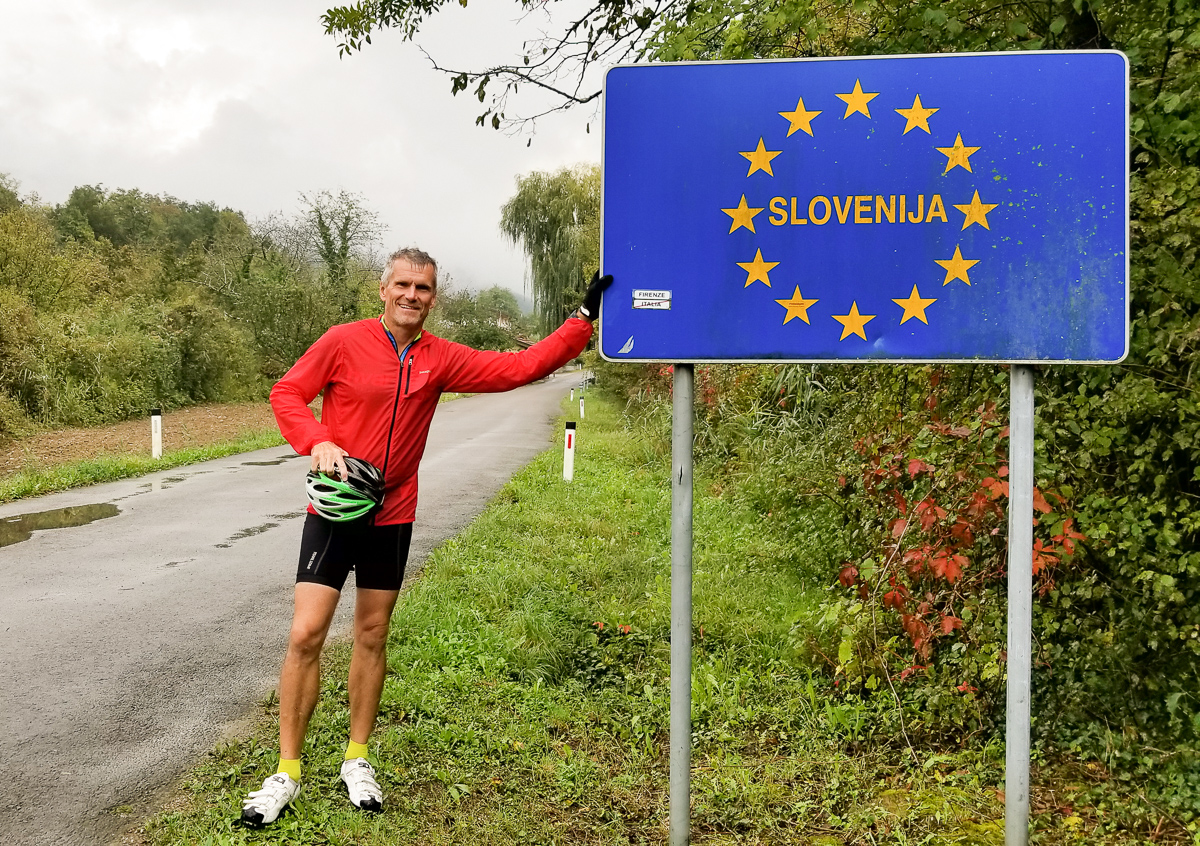
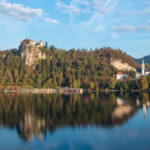
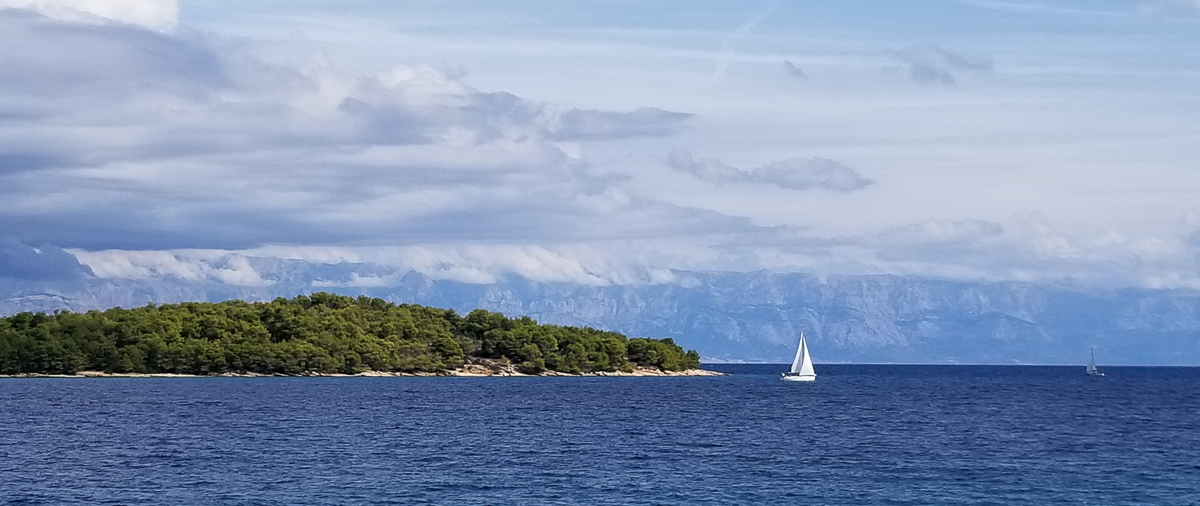
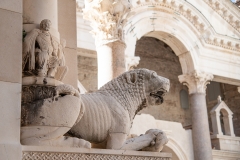
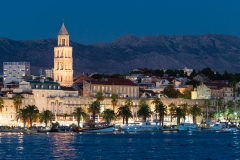
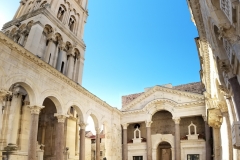
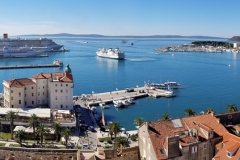
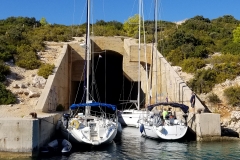
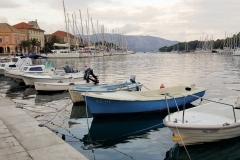
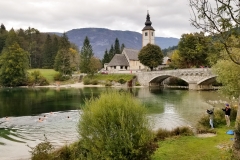
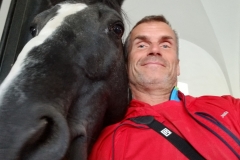
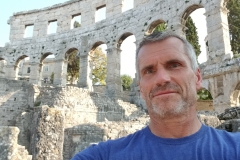
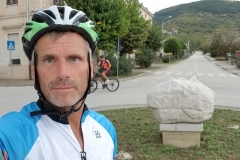
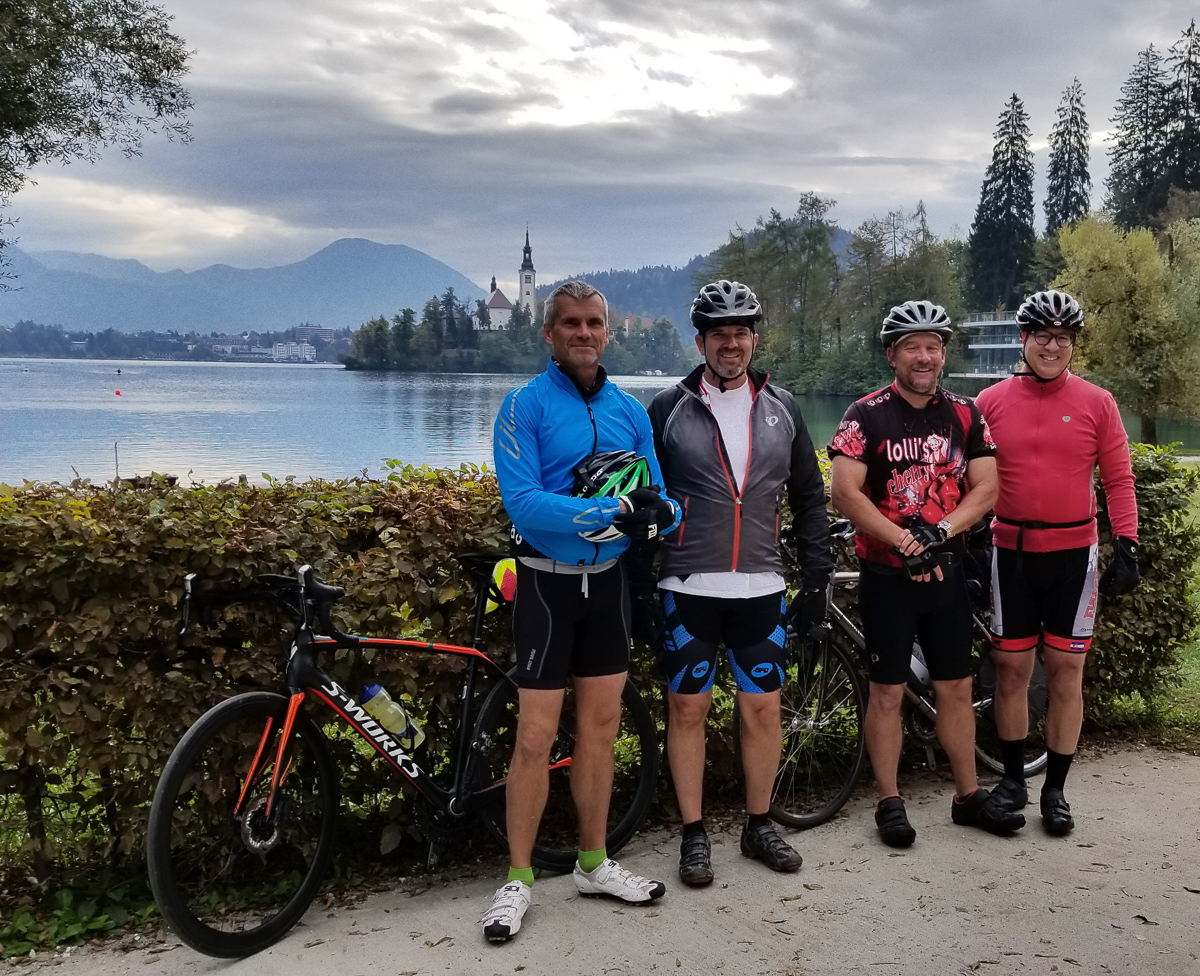
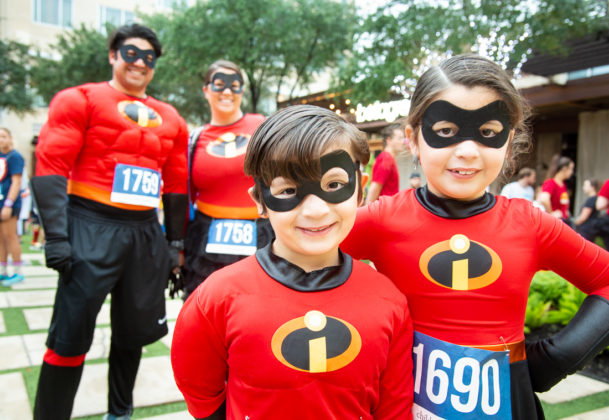
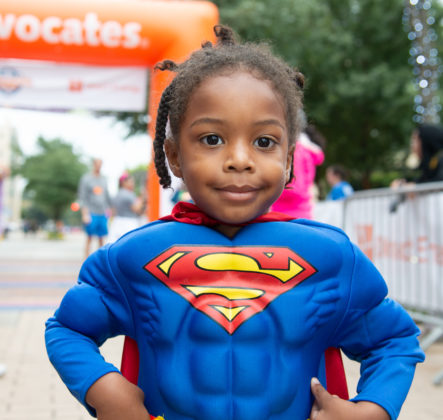

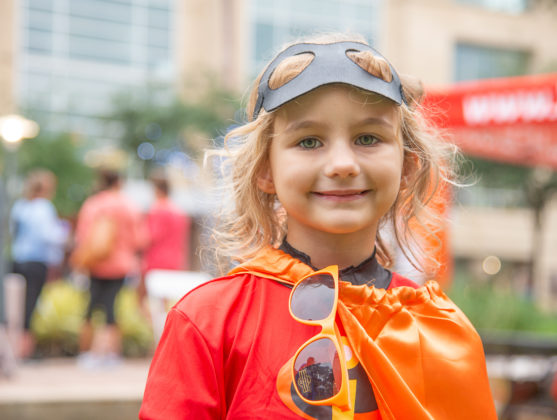
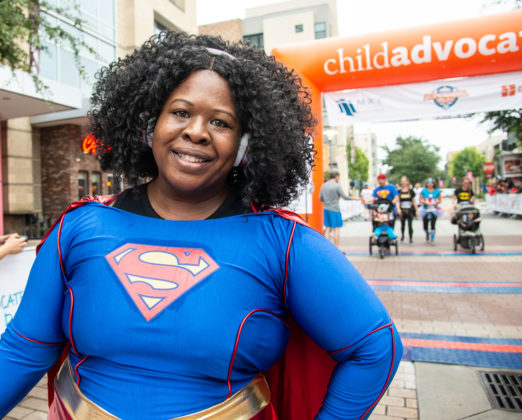
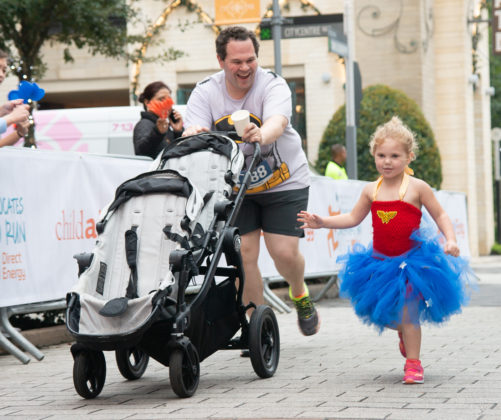
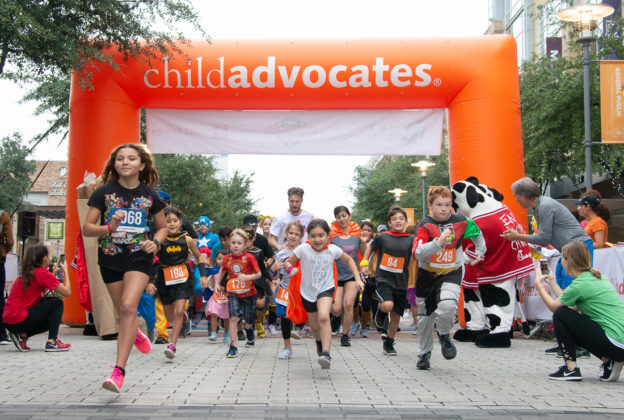
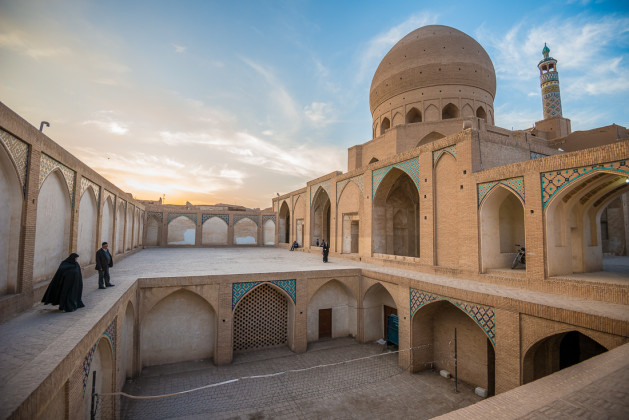
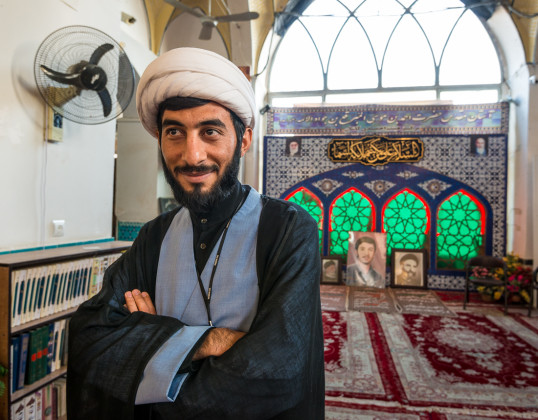
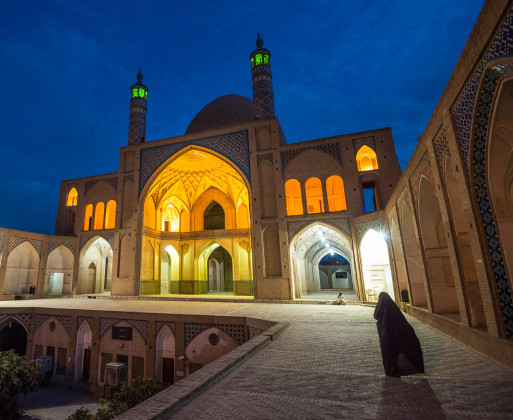
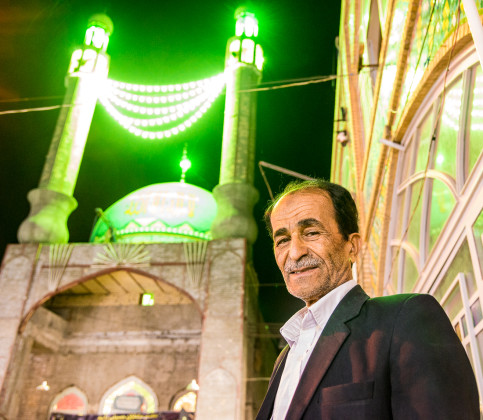
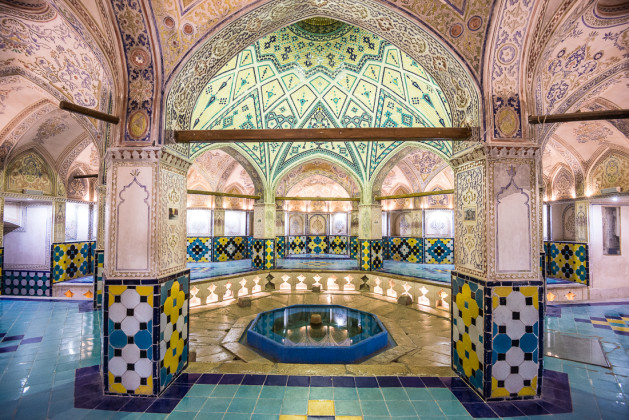
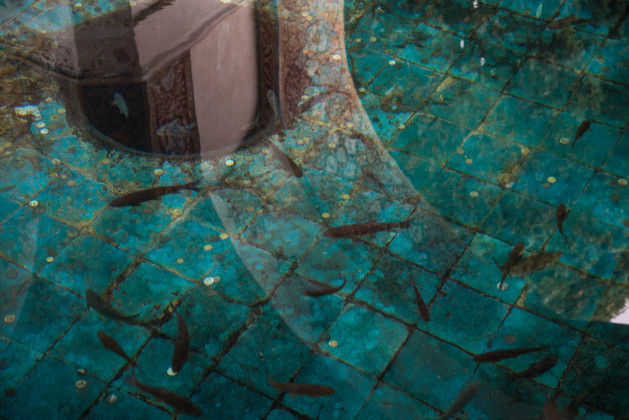
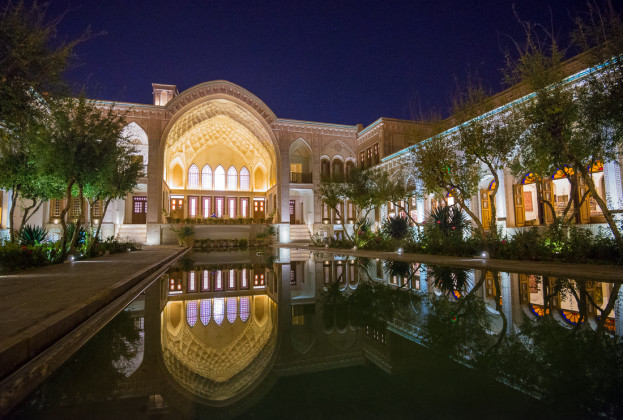
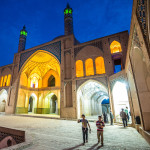
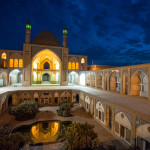
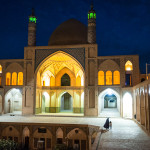
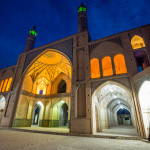
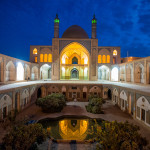
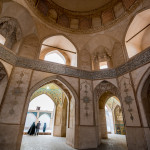
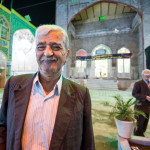
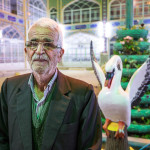
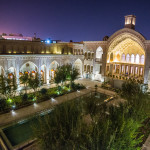
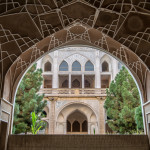
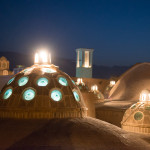

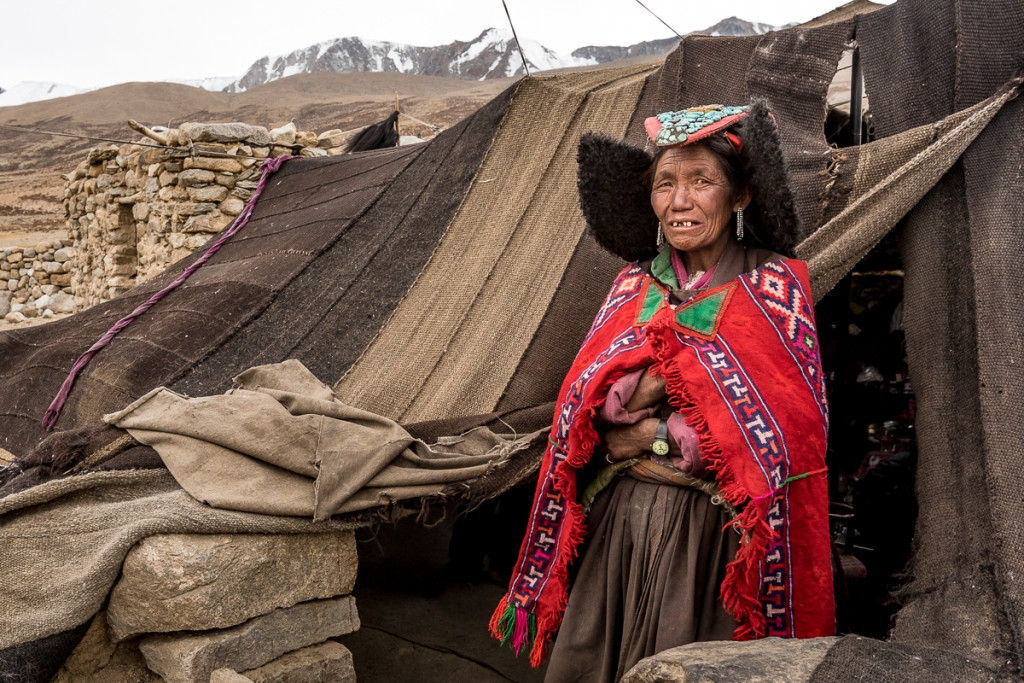
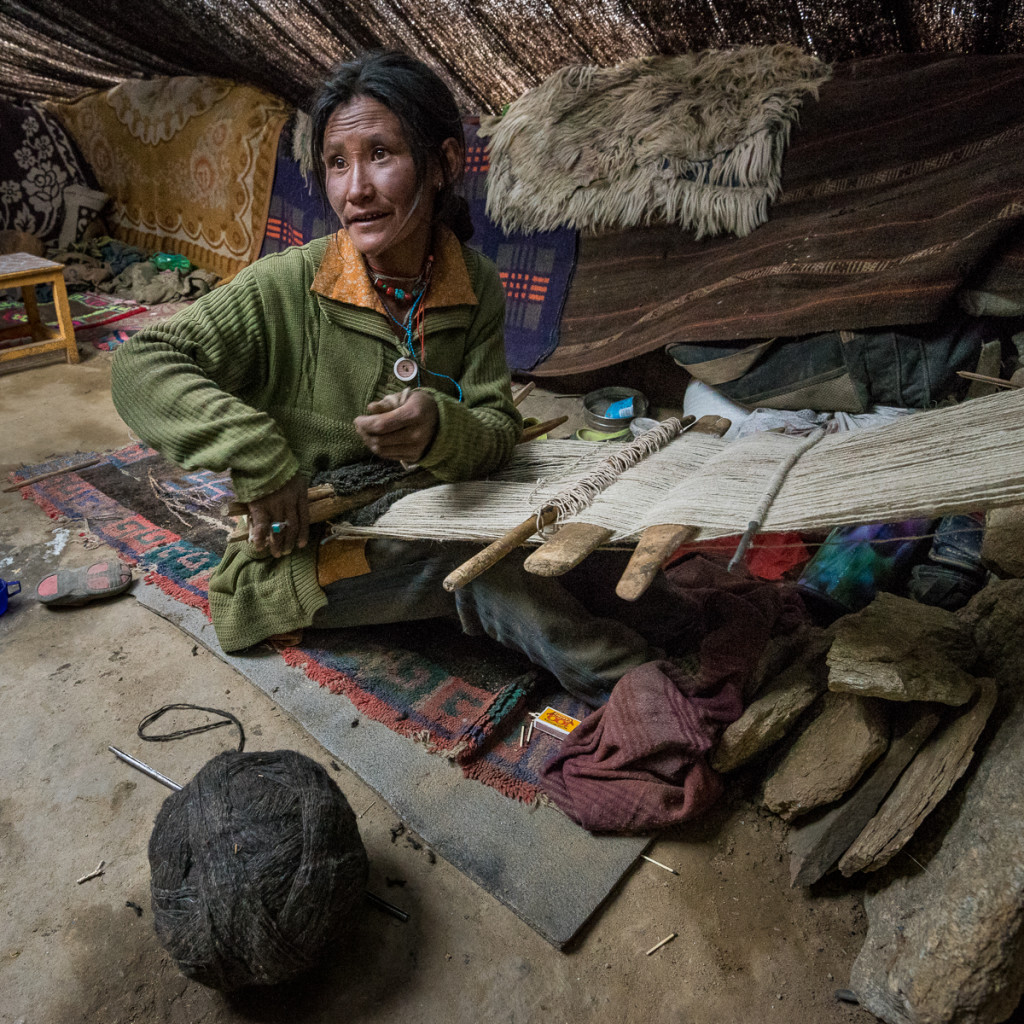
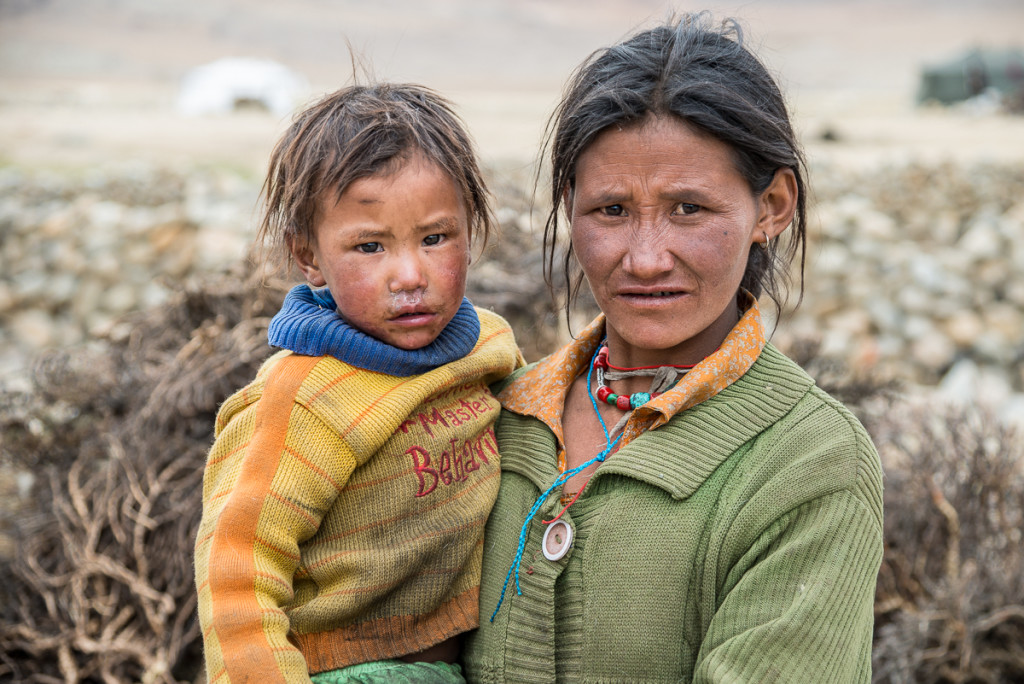
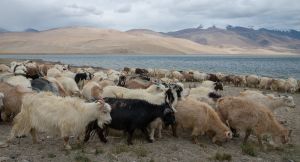
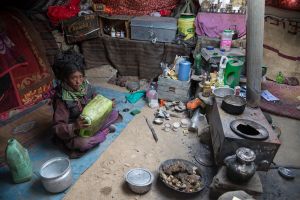
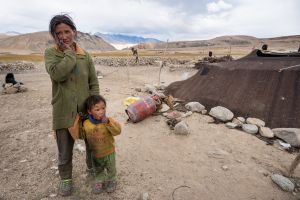
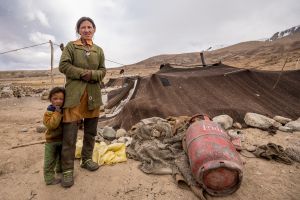
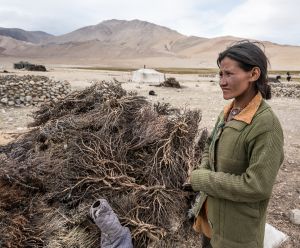
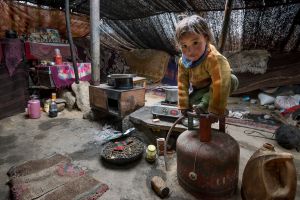

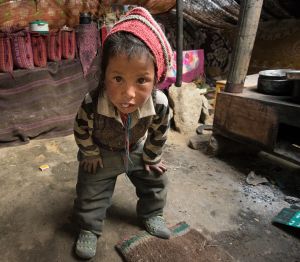
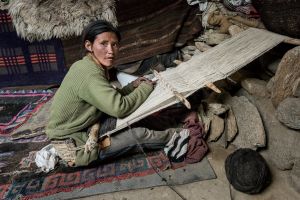
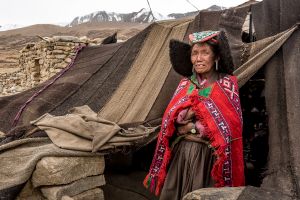
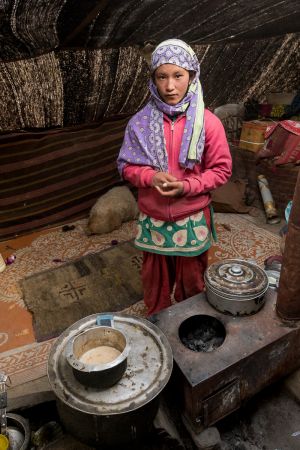
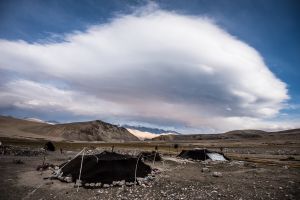

![Do You Know the Way [from] San Jose?](http://www.jeffcotner.com/wp-content/uploads/2012/01/JJC0216-1024x979.jpg)
